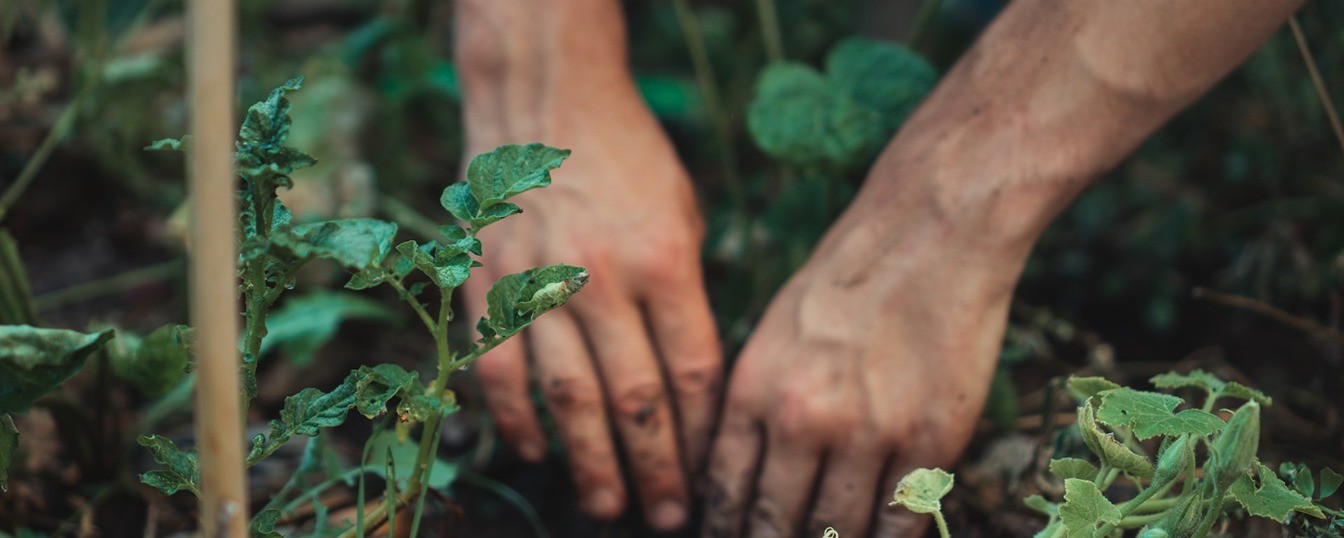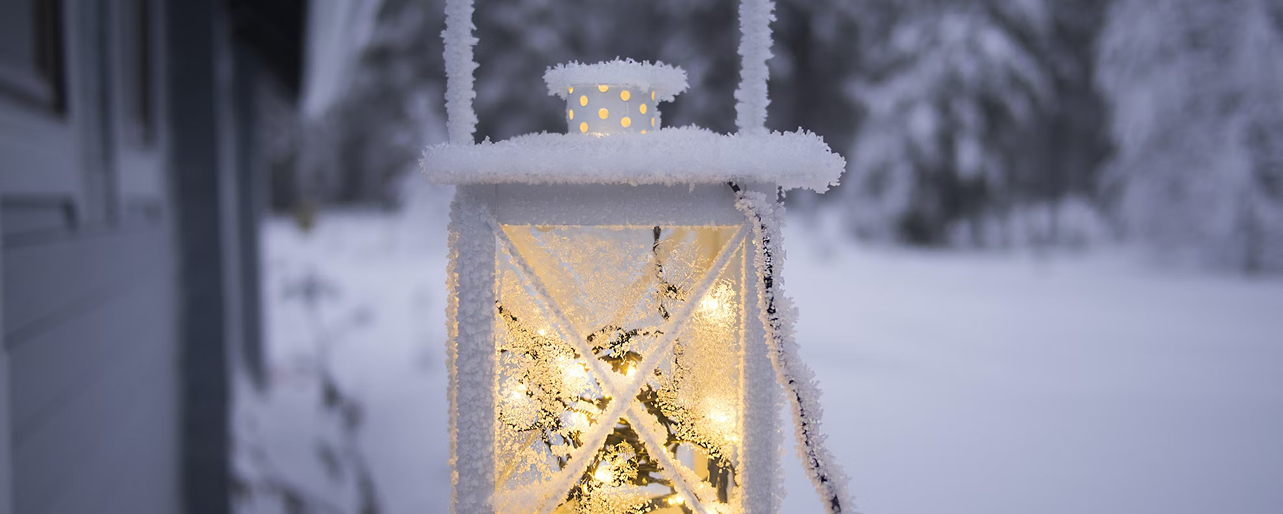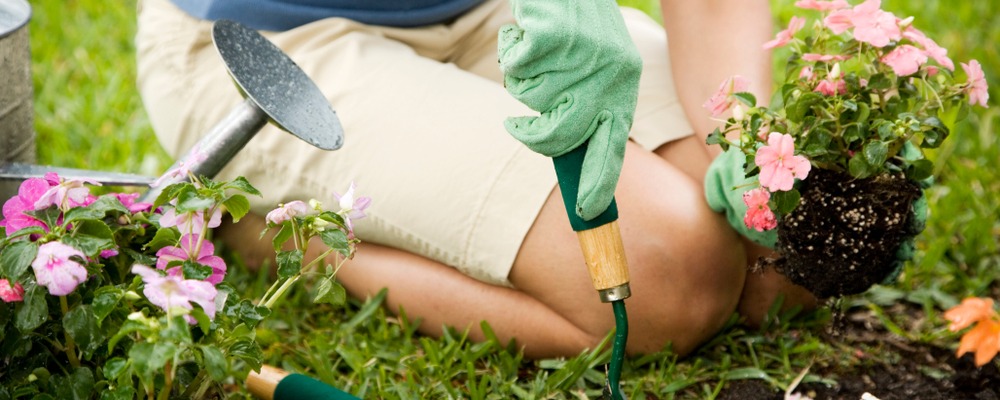
Find all you need to know in this handy guide, from assessing the site and choosing the right soil to landscaping and decorating.
Key Takeaways
- Assess the Site: Evaluate soil type, water movement, weather impact, and sunlight/shade distribution.
- Choose the Right Soil: Identify soil type (chalky, clay, loam, peat, sandy, silty) and improve it with conditioners for better drainage and fertility.
- Tackle Drainage Issues: Address puddles, dead grass patches, and foundation cracks by choosing water-absorbing plants, adding compost, and installing drainage systems.
- Pick Your Plants: Select plants based on their needs and types (herbaceous, perennials, woody trees/shrubs, vegetables/fruits/herbs). Consider companion planting for optimal growth.
- Start Planting: Prepare the soil and plant your chosen varieties, ensuring they are well-suited to the garden conditions.
1. Assess the site
Before choosing your garden's plants and designing its layout, it's important to assess the site. Make sure to consider:• Your site's soil type, texture and condition
• How water enters and moves through your home
• How the weather and micro-climate impact your garden
• How much shade and sun your garden receives during the day
2. Choose the right soil
Healthy soil helps your new build garden thrive. However, you may find it contains rubble and debris, lacks nutrients or is riddled with compacted solids.
Dig down and inspect the soil to understand what it needs. Doing so can prevent compaction and let your plants' roots settle properly. Remove debris as you dig, and add soil conditioner to improve drainage and fertility. Once you have treated your soil, you can lay down grass seeds or lawn turf.
Unsure about your soil type? Here are the most common kinds:
• Chalky soil is alkaline, stony and free-draining
• Clay soil feels lumpy, slimy and sticky
• Loam soil is a mix of clay, sand and silt
• Peat soil is dark in colour and feels spongy if squeezed
• Sandy soil is gritty to the touch and will crumble if rolled
• Silty soil is smooth to the touch
3. Tackle drainage
If you spot puddles in the grass, dead or dying patches of grass, or cracks in your home's foundation, drainage may be the cause. To tackle drainage issues, you can:
• Choose plants that soak up water
• Treat your soil with conditioners
• Lay down bark chippings
• Add compost to your soil
• Install a drainage system
4. Pick your plants
Now that you've treated your soil and solved any drainage problems, it's time to choose your plants! Research beforehand to find out what your plants need to thrive.
These plants are common in new build gardens:
• Herbaceous plants. Plants that complete their entire life cycle in one growing season need yearly re-planting. These include marigolds, petunias, zinnias and cornflowers.
• Herbaceous perennials. Plants that die to the ground during the winter but regrow the following spring. These include peonies, daylilies and false indigo.
• Woody trees and shrubs. These plants have woody stems and trunks. They sprout their new growth from a central trunk or branch.
• Vegetables, fruits and herbs. All plants that produce edible seeds, fruit, stems, foliage or roots. These include carrots, rhubarb, strawberries and apples.
Consider companion planting. This means grouping like-minded plants (those that share similar sunlight and moisture needs) so they can thrive.
5. Start planting
You’ve treated your soil, and the plants are ready to settle; it’s time to start planting! Spring and autumn are the best seasons for kickstarting your garden, although any time is fine – as long as the soil isn't frozen.
6. Protect your privacy
Most gardens are adjoining, meaning your privacy can be compromised. You can prevent this by planting trees – but be mindful of their needs. They may also create too much shadow, impacting your plants' growth.
Another alternative is to add a trellis or screening to your fences. Some have artificial leaves, so you can enjoy privacy while keeping your garden stylish.
Garden design process
Now comes the fun part – choosing your garden's layout and décor! There's no right or wrong way to do this; let your imagination run wild. Here are some garden layout ideas to inspire you.
Mature size
Consider your plants' mature size when designing your garden's layout. A garden bed is usually organised with low-lying plants in the foreground, medium-sized plants in the middle and tall plants at the back.
Form
Be mindful of your plants' outlines when arranging them. Use precise geometric plant shapes – like squared-off edges or edging plants – for a traditional layout.
Line
This can refer to your landscape or garden bed structure or your plants' directional impact (if they have vertical lines or spread horizontally).
Texture
This refers to plants' fineness or coarseness, roughness or smoothness, and heaviness or lightness. A plant’s texture depends on its flowers, stems, leaves and bark.
Garden décor
Adding a seating area to your outdoor space is a great way to personalise it. Incorporate lighting, ornaments, a firepit and an outdoor rug for a stylish touch.
Ready to buy your brand-new home? Discover our range of homes across the UK – stylish and energy-efficient. Or browse our unique home buying offers to help you move.

